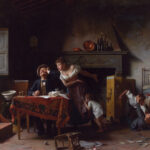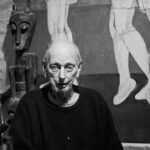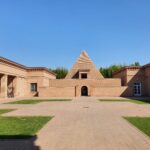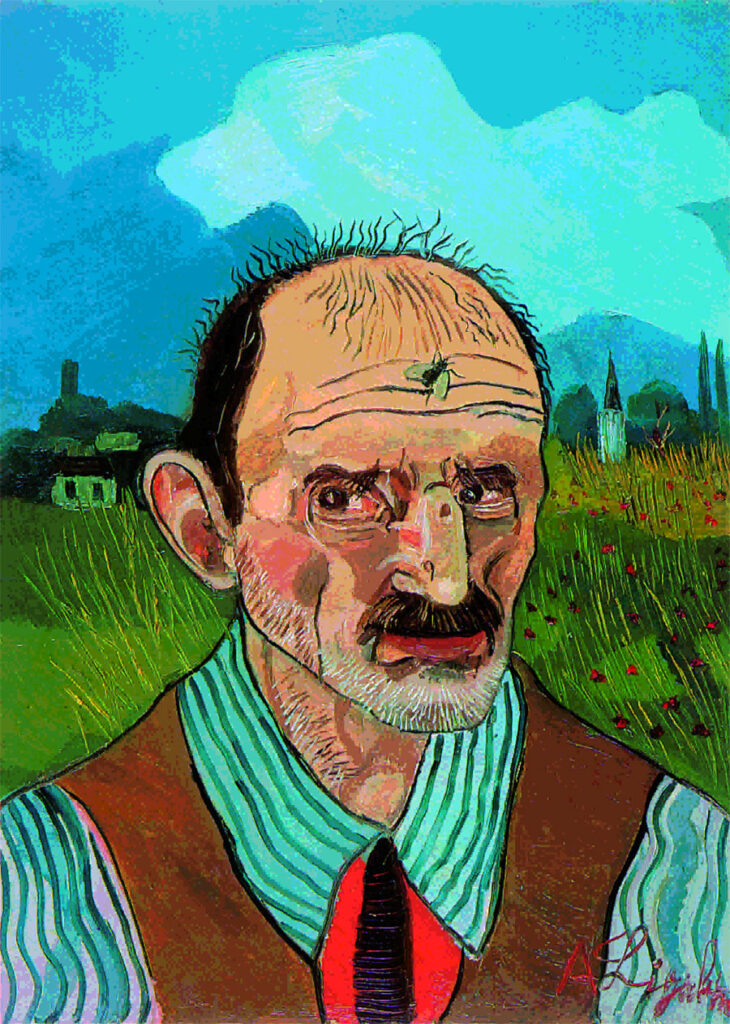
In the silence of my studio, where the first lights of dawn begin to dance on the walls, my gaze falls again on the post I had dedicated to the symbolism of the fly in Renaissance and Flemish painting. That text, which had explored the brushstrokes of famous artists, now seems to be only the prelude to a more personal and profound discovery, finding its epiphany in the works of Antonio Ligabue, the instinctive painter whose life was never touched by scholarly culture.
His self-portraits emerge from memory, vivid and unsettling. In the first, a fly is precisely positioned on the forehead, almost emphasizing the artist’s inner vision, almost a “third eye”; in the second, another is just below the right temple, and a third on the neck, perhaps unintentional symbols of internal torment.
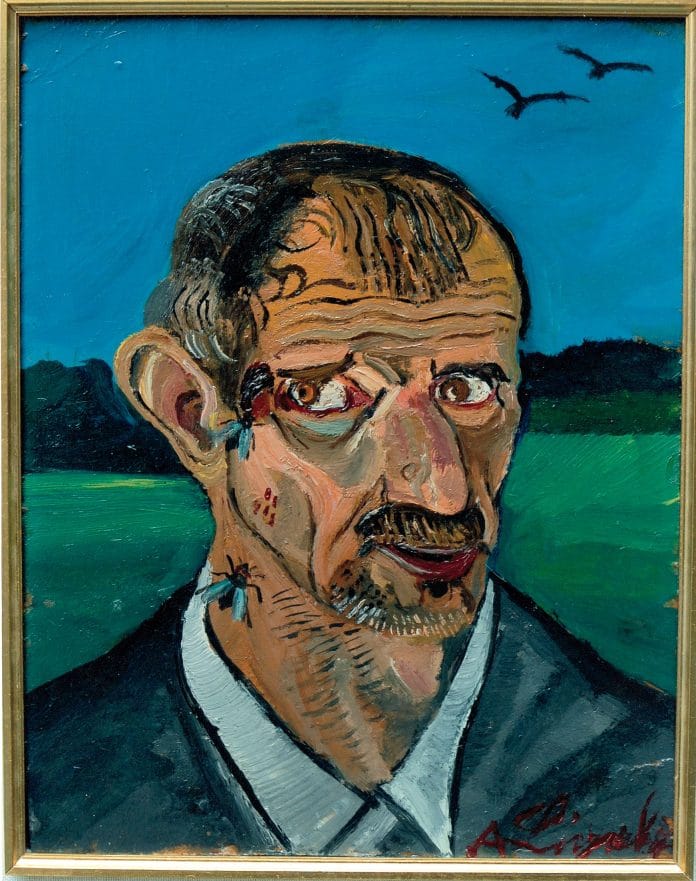
The flies, depicted with a care that goes beyond simple representation, suggest Ligabue’s desire to make them stand out, to assign them a role beyond the decorative. These small details could be interpreted as the manifestation of a mind that, although not educated in the academic sense, was acutely sensitive and perhaps even tormented by visions that elude our understanding.
I wonder if behind the choice to include these insects in his works there was the influence of ancient superstitions, which saw the fly as a symbol of demonic possession, or whether Ligabue had heard voices and myths that prompted him to represent them. Those who live in a parallel reality often perceive the world differently, capturing nuances that remain hidden to many.
Perhaps the constant presence of flies in his daily life, marked by poverty and isolation, inspired him unconsciously. However, one cannot exclude that there was a deeper intent, a call to something mystical and spiritual that transcends our earthly experience.
Puzzlement creeps in, leaving a veil of mystery over these self-portraits. The questions remain open, like windows onto a hidden landscape, inviting the observer to seek answers that perhaps lie only in Ligabue’s turbulent heart.


